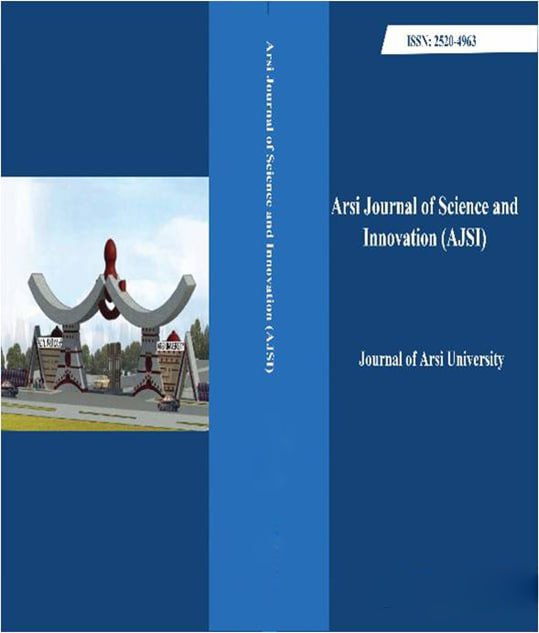Assessment of Soil Acidity under Different Land Use Types and Slope Gradients in West Azernt District, South Ethiopia
DOI:
https://doi.org/10.20372/tgxg-9w29Keywords:
Soil acidity, land uses, slope gradientsAbstract
The Study was conducted to assess the level of soil acidity under different land use types and slope gradients of selected kebeles of Azernet District. Three lands use types, namely, natural forest, grazing and cultivated, and three slope gradients i.e. upper, middle and lower in three replications were considered for the present study. A total of 27 composite soil samples were collected from the three land use types and three slope gradients with three replications for laboratory analysis and data was analyzed using SAS software to test the mean differences. Results indicated that highest sand content was recorded in grazing land and highest silt and clay were recorded under forest and cultivated lands. Soils of cultivated lands were strongly acidic (pH =5.2-5.4), whereas natural forest land and lower slope classes were moderately acidic (pH =5.9-6.0). The total porosity, bulk density and pH, Available phosphorus, organic matter, cation exchange capacity and exchangeable bases were significantly (p ≤ 0.001) affected by land use types and slope gradients. The percent base saturation, total nitrogen and sand, silt and clay contents were significantly (P ≤ 0.05) affected by land uses and slope classes. The mean values of sand, porosity, pH, OM, TN, exchangeable bases, CEC and PBS were higher in forest land and lower slope classes as compared with grazing, cultivated lands and in upper and middle slope class respectively. The exchangeable acidity and exchangeable Al3+ were significantly (P≤0.05) affected by cultivated and grazing lands and upper slope class. The soil acidity problem on cultivated, grazing lands and upper slope classes may be due to removal of crop residues, continuous cultivation without fallow, inappropriate use of inorganic fertilizers and leaching of soil nutrients from upper slope classes and deposited at lower class. In order to reduce soil acidity problem, minimize intensive cultivation, over grazing, and use of liming material, integrated soil acidity management practices and further study on the rest of soil nutrients are recommended for particular study area and other similar agro-ecology.
Downloads
Published
Issue
Section
License
Copyright (c) 2024 Achalu Chimdi, Ahmed Asrar, Wondwosen Tena3 (Author)

This work is licensed under a Creative Commons Attribution-NonCommercial 4.0 International License.
